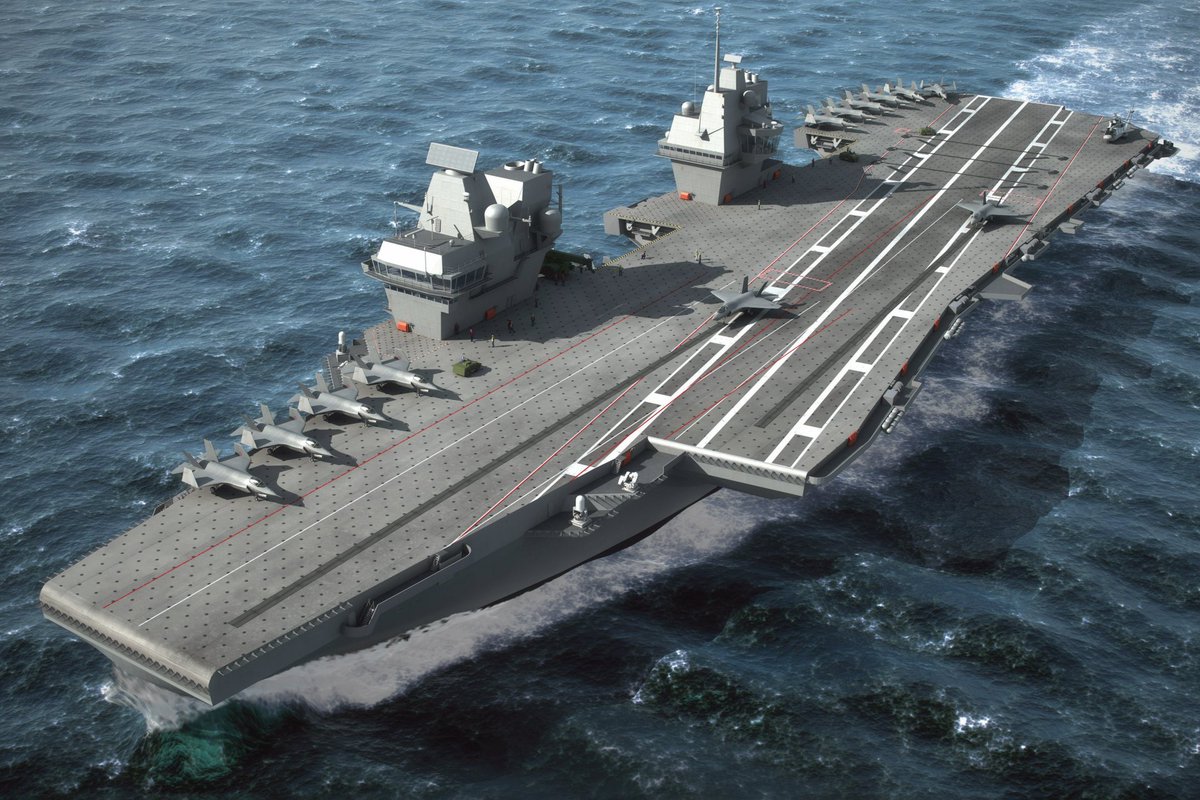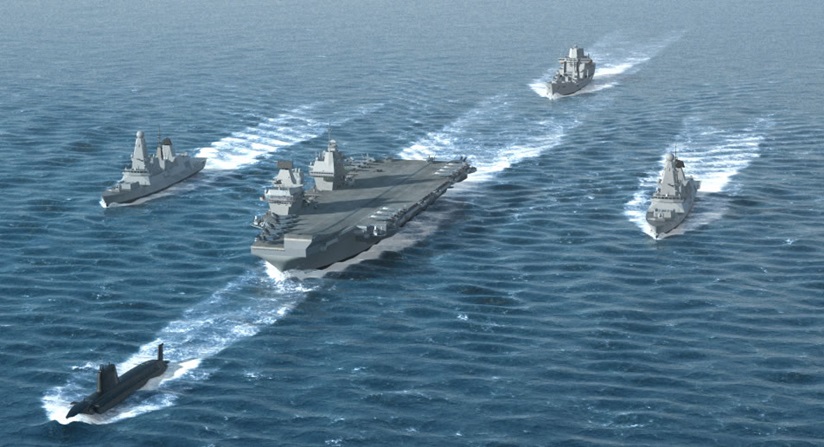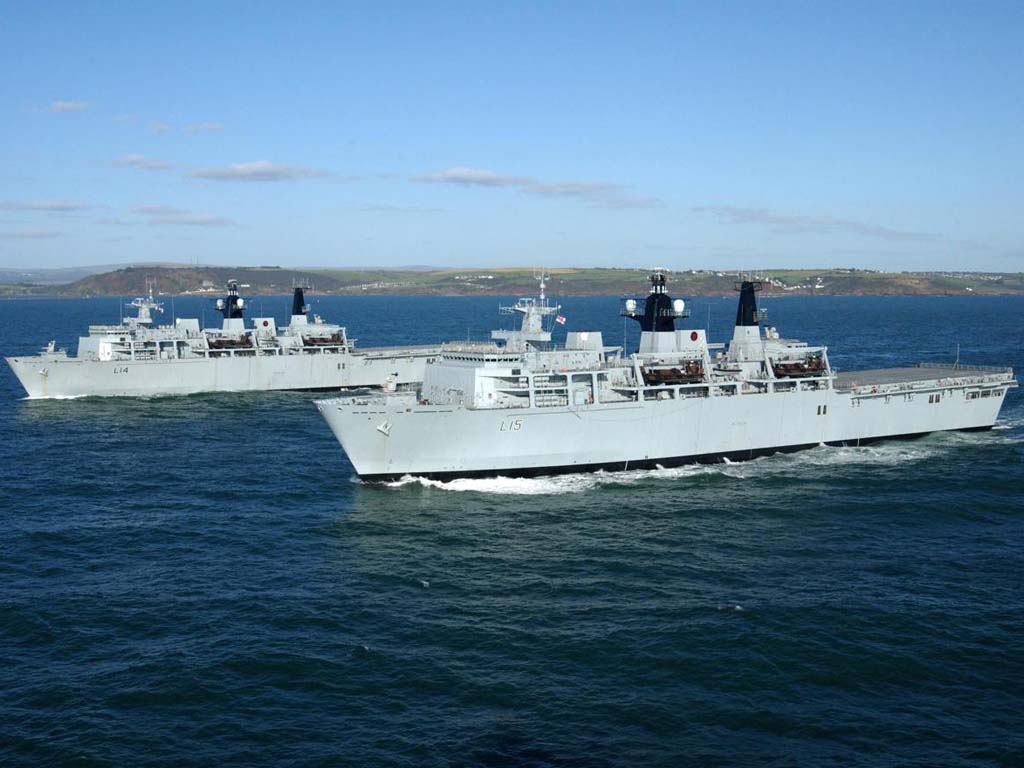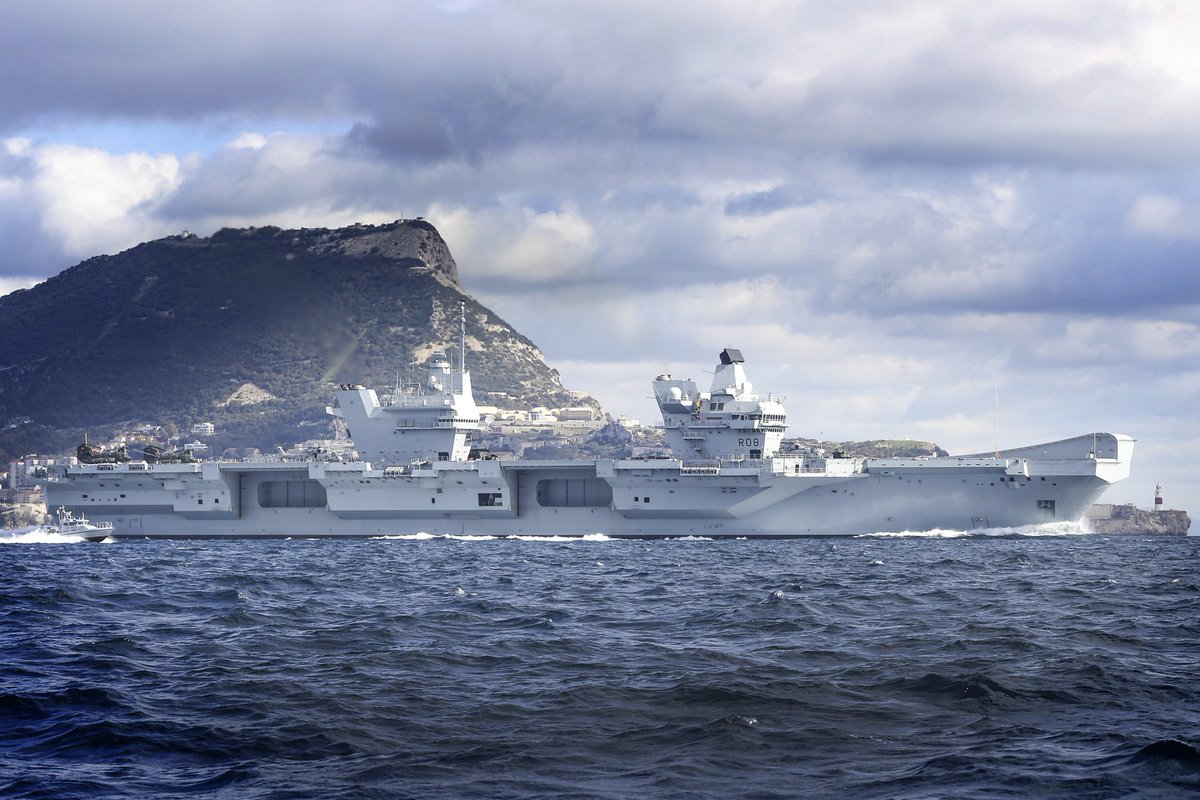Okay, since the @RoyalNavy (& @RoyalAirForce) have been in the news a bit these last couple of days regarding rumours of cuts in the forthcoming Integrated Review, it's possibly time for another "let's unpack this a little" #threads (I know nobody asked, but hey - it's Twitter ) https://twitter.com/LOS_Fisher/status/1298526335493640192
) https://twitter.com/LOS_Fisher/status/1298526335493640192
 ) https://twitter.com/LOS_Fisher/status/1298526335493640192
) https://twitter.com/LOS_Fisher/status/1298526335493640192
Obviously, all of this is all still rumours & entirely speculative, but opening with @LOS_Fisher’s @thetimes piece on rumours that Britain’s total purchase of @theF35 might be reduced from the current target of 138, to 70 to risk reiterating something I said a couple of years ago
when @haynesdeborah floated the possibility of a split buy of F-35A & F-35B, in some respects, the total purchase number isn’t all that relevant early on in the process, because after a certain point, you are talking about the sustainment fleet. https://twitter.com/navalhistorian/status/1068644016743428097?s=20
Now, don’t get me wrong, sustainment fleets are rather important, particularly in the long run, as they provide your ready reserve of airframes to replace those on the operational squadrons that are either lost in combat, in accidents, need long-term maintenance or upgrading, or
or have simply used up their allotted flying life (something like 55 of the RAF’s 156 Typhoons are in the sustainment fleet). The bottom line, however, is that while Lockheed’s F-35 production lines remain in operation, it is the figure most easily changed, simply because any...
future British government (at least until 2044) can simply hand over a fairly large cheque to @LockheedMartin who will happily furnish Britain with some shiny new airframes in return, much as @BoeingDefense have been doing with FA-18 Super Hornets for the @USNavy until recently.
That said, such a course of action could still signal potentially serious causes for concern, not least because - let's face it - while British governments do revise defence numbers left to them by their predecessors, said revision tends to be in one direction only…
So, where does that leave us? Well, in the long term as the airframes come to the end of their lives, what replaces them? The suggestion has been made that investment could be redirected towards @TeamTempestUK, which is great in some respects https://twitter.com/TeamTempestUK/status/1284060004081860608?s=20
but the reality from the naval perspective is that unless or until Tempest is made carrier capable either by having a STOVL variant or being made CATOBAR capable (& @HMSQNLZ & @HMSPWLS being converted accordingly), which is unlikely in the extreme, this would be – to put it...
politely – suboptimal, & in lieu of other, suitable alternatives the @RoyalNavy’s aircraft carriers might find themselves lacking fast jets again rather sooner than anticipated. Alternatively, in the shorter term, the real killer from both the @RoyalAirForce & @RoyalNavy...
perspective, would be that at best it signals a slowing down of the pace of F-35 procurement & delays to standing up the remaining two squadrons to follow 809 NAS in 2023. At worst, in order to ensure the reduced sustainment fleet works for the originally allotted time in service
one, or both of these squadrons could simply be cut altogether, the replacement of which, in personnel - trained pilots, maintainers, command structures, etc., would be rather more difficult than simply buying more airframes from Lockheed if or when they're needed later.
Now, we get to the bit before the sustainment fleet – the operational fleet that the sustainment fleet is there to support, & the bottom line here is that Britain is currently scheduled to have 4 operation squadrons each of 12 F-35Bs for a grand operational total of 48 aircraft.
This F-35B force is supposed to simultaneously provide the @RoyalAirForce’s 5th generation, land-based strike force & the fast jets for the @RoyalNavy’s two aircraft carriers (each of which was designed to carry around 36 F-35Bs & 18 Merlin helicopters). https://twitter.com/navalhistorian/status/877261921770229760?s=20
It is, of course, entirely possible that in this event, other ways would be found to fill the gap. Possibly the @USMC could be asked to provide a greater presence on the @RoyalNavy’s aircraft carriers, perhaps permanently, as the majority, or even the entire fast jet complement.
Great though the Americans are as friends & allies however, it should be remembered that America remains a different country, with different thoughts, policies, priorities & interests & such a degree of dependence is not entirely healthy for either party or the @NATO alliance...
(the ability to act independently is, after all, what separates an alliance from a military protectorate, to borrow @PatPorter). The Americans also have their own financial issues to deal with, & the @USMC are cutting their own final purchase of F-35B & reducing aircraft numbers
per squadron, not least in order to help finance their own restructuring.
On the other hand, it could be that F-35 numbers aboard the @RoyalNavy’s aircraft carriers will instead be supplemented by the new generation of unmanned aircraft, with both the swarming drones & the LANCA
On the other hand, it could be that F-35 numbers aboard the @RoyalNavy’s aircraft carriers will instead be supplemented by the new generation of unmanned aircraft, with both the swarming drones & the LANCA
(Lightweight Affordable Novel Combat Aircraft) loyal wingman programmes scheduled to be carrier capable, with some testing apparently to begin as early as next year aboard @HMSPWLS. https://twitter.com/JanesINTEL/status/1283823981590716416?s=20
It must be cautioned, however, that in the iron law of capability. “Nothing can simultaneously be cheap, fast, maneuverable, and have long range." & despite certain popular theories, swarming drones lack the range, speed & payload to displace large jets... https://twitter.com/navalhistorian/status/1040367968805376002?s=20
while the full utility & capability of loyal wingman types are some way from being proven & are again more likely to be a supplementary capability than direct replacement. https://twitter.com/dstlmod/status/1284080523355267072?s=20
Moving on to @SheridanDani’s @Telegraph piece on frigates suggesting that the @RoyalNavy’s frigate force could be cut to eight by buying no more than 3 Type 26 & 5 Type 31 & possibly selling off a number of the existing Type 23 frigates early... https://www.telegraph.co.uk/politics/2020/08/26/exclusive-anti-submarine-warships-could-cut-single-figures/
(see recent rumours about sales to Greece).
If accurate, this one would save a fair bit of money (though the purchase cost of the 3 Type 26 would almost certainly shoot up, much as the cost of Type 45 did when the order for those was cut from 12 to 6) https://twitter.com/NavyLookout/status/1298268437534269440?s=20
If accurate, this one would save a fair bit of money (though the purchase cost of the 3 Type 26 would almost certainly shoot up, much as the cost of Type 45 did when the order for those was cut from 12 to 6) https://twitter.com/NavyLookout/status/1298268437534269440?s=20
but operationally the fleet configuration described would leave the @RoyalNavy with just three frigates capable of serious anti-submarine warfare, which is simply not enough to protect the nuclear deterrent & the aircraft carrier, leaving Britain entirely dependent on allies for
anti-submarine protection for at least one, permanently, & at times possibly both (Type 31 is not scheduled to be silenced & equipped for this & to do so would add serious time & cost to the construction).
This is, of course, before you get to the political costs in Scotland &...
This is, of course, before you get to the political costs in Scotland &...
the strong possibility that at least BAE’s yards would be closed upon completion of the 3 Type 26, unless replacements for Type 45 or Albion & Bulwark were forthcoming.
The more likely, one suspects, it would be Type 31, which would save less money (at least in purchase costs)...
The more likely, one suspects, it would be Type 31, which would save less money (at least in purchase costs)...
& still cause problems in the closure of Babcock at Rosyth (where they’re just building a new frigate hall), but leaves the @RoyalNavy with its sovereign ASW capability intact & with a single frigate type which is better in training & maintenance terms. https://twitter.com/NavyLookout/status/1289901322980995072?s=20
Again, there are significant unmanned developments in this field that have the potential to supplement the frigate’s capability, but they are some considerable distance from replacing them. https://twitter.com/Verdigris_blog/status/1250488205343948801?s=20
All told, these are, of course, currently leaks & rumours of allegedly floated options, of the sort that almost ritually accompany every defence review (merge the @RoyalMarines & @TheParachuteReg, scrap the @RAFRedArrows, scrap @HMS_Albion & @HMSBulwark... https://news.sky.com/story/royal-navys-amphibious-ships-wont-be-scrapped-or-sold-says-defence-secretary-11513630
Most recently, of course, scrap @BritishArmy’s tanks – we probably all know them off by heart now).
Few usually come to pass in the end, but this is a defence review (among other things) & cuts are coming – they almost always are as successive... https://twitter.com/LOS_Fisher/status/1298160288995434500?s=20
Few usually come to pass in the end, but this is a defence review (among other things) & cuts are coming – they almost always are as successive... https://twitter.com/LOS_Fisher/status/1298160288995434500?s=20
British governments have pared back Britain’s defence capabilities over the decades, sometimes quite dramatically, as in 1981 or 2010, & the current financial situations suggests something similar may happen this time too, but the strategic situation & impact cannot & should not

 Read on Twitter
Read on Twitter





